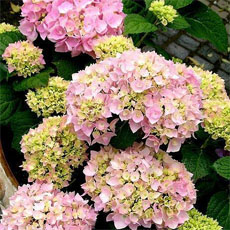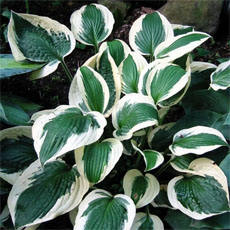Camassia Species, Camas Lily
Camassiaquamash
Synonym
Anthericum
quamash
Camassia
leichtlinii var. watsonii
Phalangium
quamash
Quamasia
quamash






















































striking, showy tall natives which come back and increase their numbers in unirrigated, poor soil, full sun.
The beautiful purplish-blue Camassia is native to our northern plains and mountain states, and figured prominently in Native American his...Read More
Camassia quamash constituted a major portion of plant foods by northwestern Native Americans. It was eaten raw, roasted, boiled, fried, ...Read More